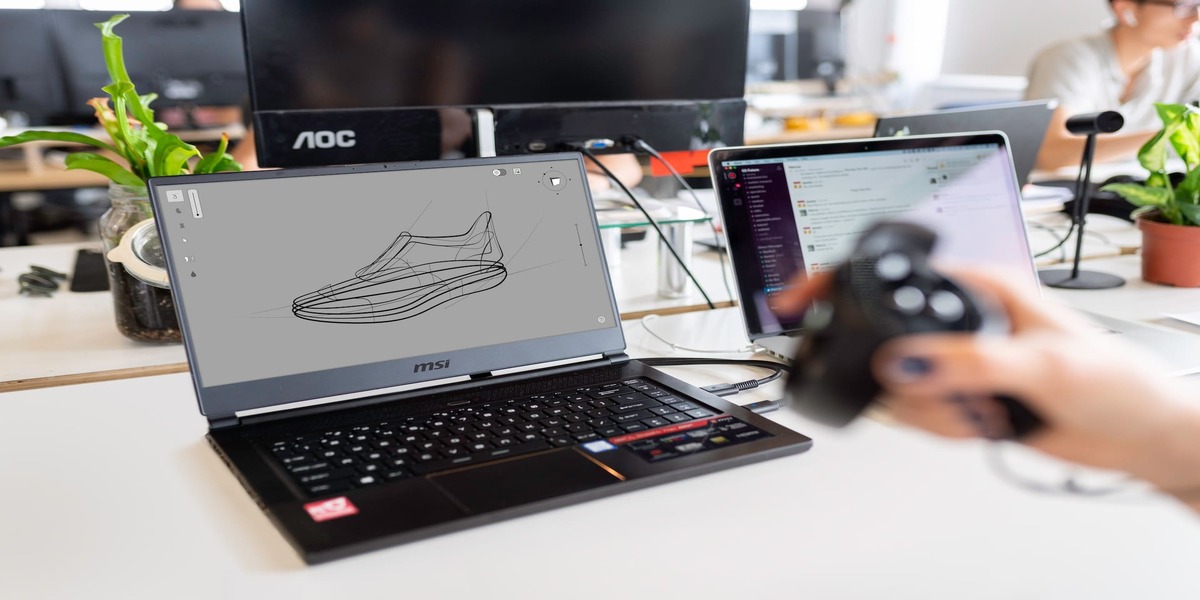If you are a developer, you know how tedious and frustrating it can be to write, test, debug, deploy, and maintain code. You also know how important it is to secure your code and comply with various standards and regulations. But what if you could delegate some of these tasks to a smart and creative artificial engineer?
No way!
Hear me out
As we know, generative AI can create new content from scratch, if scratch means the entire contents of the internet until 2021). It can also analyze existing content and modify it according to certain criteria, such as context, sentiment, style, and tone. As we have seen with GitHub Copilot, Generative AI can be used in DevSecOps to improve the developer experience and to add context and sentiment to shifting left!
Shifting Left with DevSecOps
Shifting left with DevSecOps aims to integrate security into every stage of the software development lifecycle, from planning to deployment. It aims to reduce risks, costs, and delays by detecting and fixing vulnerabilities early on. However, shifting left can also introduce new challenges, such as:
- How to communicate security requirements and best practices to developers effectively?
- How to balance security and functionality without compromising user experience or performance?
- How to handle complex and dynamic environments with multiple stakeholders and dependencies?
Ways Generative AI Enhances Developer Experiences
This is where generative AI can help:
- Generate clear and concise security documentation and guidelines for developers based on the project specifications and context
- Generate realistic and diverse test cases and scenarios for security testing and validation
- Based on analyzing code snippets and commits, generate feedback and suggestions for improving code quality, security, and compliance
- Generate reports and dashboards summarizing the security status and performance of the software project
- Generate alerts and notifications that inform developers of any security issues or incidents in real-time
Enhancing DevSecOps with Generative AI engineers can save time and effort, focus on their core competencies, and deliver secure, high-quality software faster and easier. Generative AI can also add context and sentiment to shifting left by:
- Adapting the code to be more secure or writing brilliant comments in a style that will resonate with engineers
- It can also annotate with references and examples to assist with learning
By adding context and sentiment to shifting left, generative AI can enhance the developer experience and foster a positive security culture among developers.
So, is the future of DevSecOps generative?
In the next 5 to 10 years, we expect to see more “artificial engineers” joining our teams and collaborating with us on our software projects. They will not replace us but augment and empower us to create better software faster and safer.
Are you ready for this revolution?
This article was contributed by our expert Neil Douek
Frequently Asked Questions Answered by Neil Douek
1. How can Generative AI assist in automating security-related tasks and accelerating the identification of potential risks in DevSecOps pipelines?
Helping to shift-left security principles towards the authoring phase to catch vulnerabilities and potential surface area increases before deployment.
2. How can developers effectively collaborate with Generative AI systems to balance automation and human creativity in software development?
Engineers can leverage AI tools like GitHub CoPilot to improve their productivity and leverage quality patterns aligning with OWASP and ISO standards.
Engineers can also bounce ideas of ChatGPT and other LLMs to determine the approach and strategy for delivering code.
3. What are the emerging trends and future possibilities in the intersection of Generative AI, artificial engineers, and DevSecOps, and how can organizations stay ahead in this rapidly evolving landscape?
We are witnessing a transition to the ‘Artificial Engineer’ whereby AI will ultimately code in the background while humans supervise in natural language.
As we transition, it will be very interesting to see how code and process will be abstracted away. I believe human engineers will still have an element of mastery and creativity uniquely different from AI. It will be the combination of both human and artificial engineers that has the potential to develop exciting outcomes.
4. What are the ethical considerations and best practices when using Generative AI in DevSecOps, particularly regarding privacy, bias, and accountability?
DevSecOps itself is based on a set of practices, technologies, and processes that research has shown to be more sustainable regarding green IT and human well-being. So we have a great basis from which to start.
IT leaders must ensure they have a voice in the governance and frameworks of DevSecOps and AI. Working with organizations such as TOGAF collaboratively. Organizations must exercise checks and balances concerning privacy and bias to ensure this area's continual improvement.
Create an account to read the full article
Create Account
Already have an account? Sign in

